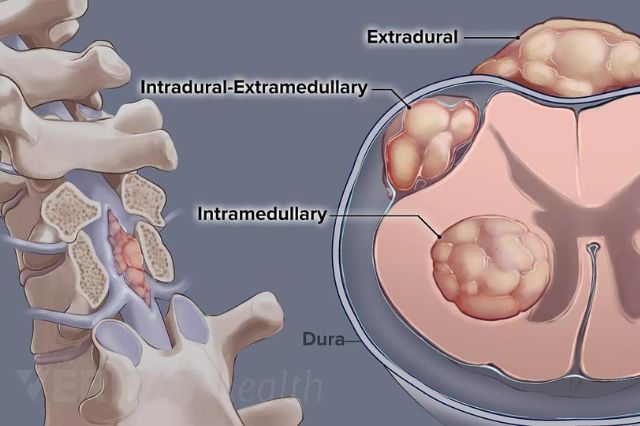Spine Tumors
Understanding the Types, Symptoms, and Treatment Options

Spine tumors, though relatively rare, are a critical medical condition that can have a profound impact on a person's life. These growths can develop within the spinal cord or the bones of the spine. Understanding their nature is essential for effective treatment.
Types of Spine Tumors
Spine tumors can be broadly categorized into two groups:
1. Intramedullary Tumors
These develop within the spinal cord itself. They are less common but often more challenging to treat due to their delicate location.
2. Extramedullary Tumors
These grow outside the spinal cord but within the spinal canal. They are more frequent and affect the nerves and surrounding structures.
Common Symptoms
Symptoms vary based on location and size, but common warning signs include:
Diagnosis and Detection
Accurate diagnosis involves a combination of clinical evaluation and technology:
- MRI or CT Scans: These provide detailed pictures, allowing doctors to visualize the tumor's size and location.
- Biopsy: A small tissue sample is taken to confirm if the tumor is benign (non-cancerous) or malignant (cancerous).
Treatment Options
Treatment depends on the tumor type, location, and malignancy. Common approaches include: